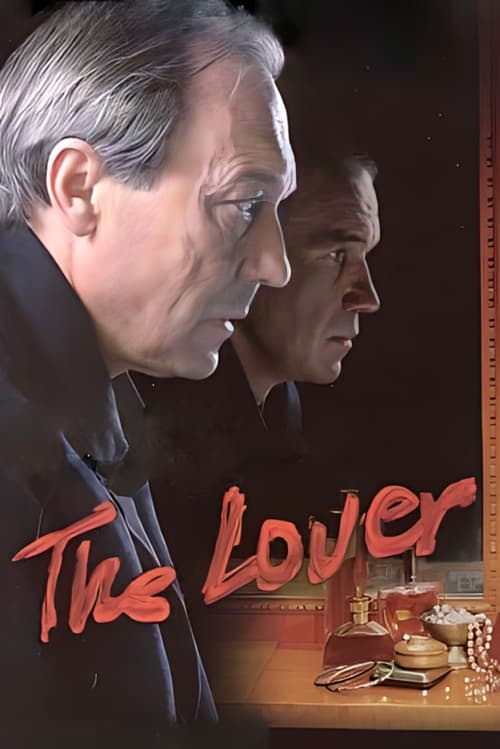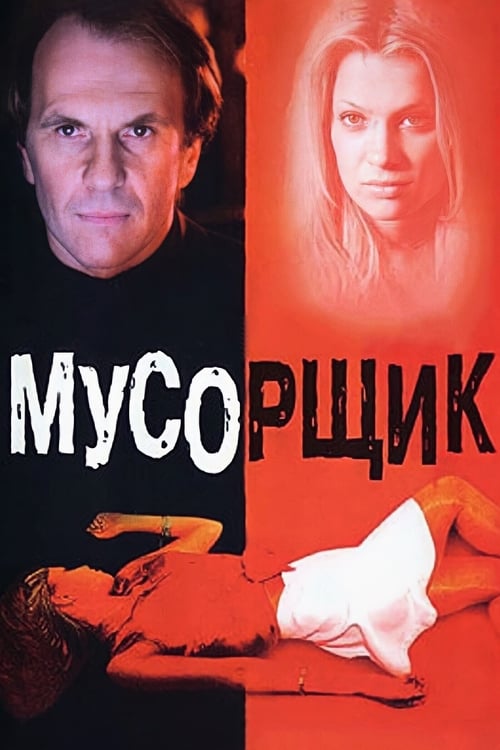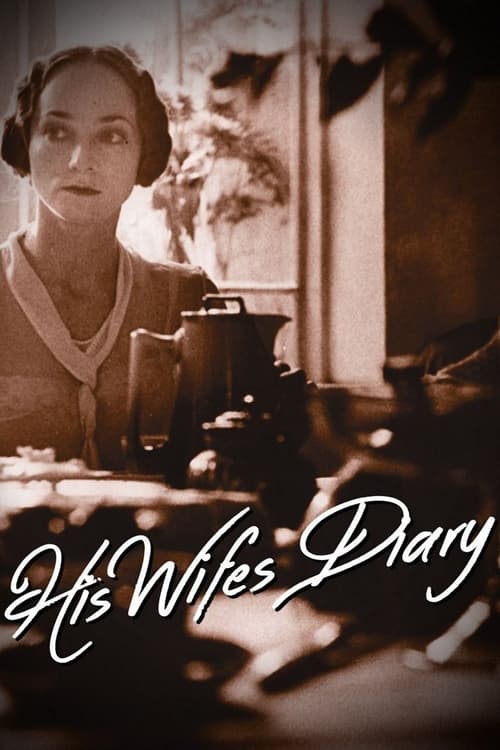
Ask Your Own Question
What is the plot?
What is the ending?
In the ending of "In Motion," the main character, a young dancer named Mia, faces a pivotal moment in her life as she prepares for a crucial performance. After overcoming personal struggles and conflicts with her mentor, she finally finds her own voice and style. The film concludes with Mia delivering a powerful performance that captivates the audience, symbolizing her growth and determination. The story wraps up with Mia feeling a sense of fulfillment and purpose, while her mentor acknowledges her talent and potential.
Expanding on the ending, the scene opens in the dimly lit backstage area of a grand theater. The atmosphere is thick with anticipation and nerves as Mia stands in front of the mirror, adjusting her costume. Her heart races, and she can feel the weight of expectations pressing down on her. The camera captures her reflection, revealing a mix of fear and determination in her eyes. This moment is crucial; it signifies her internal struggle and the journey she has undertaken throughout the film.
As the stage manager calls for the next performer, Mia takes a deep breath, recalling the challenges she faced with her mentor, who had been both a guiding force and a source of frustration. Their relationship had been tumultuous, filled with moments of doubt and conflict, but it ultimately pushed Mia to discover her true self. The audience can sense her resolve as she steps onto the stage, the bright lights illuminating her figure and casting long shadows behind her.
The performance begins, and Mia dances with a newfound confidence. Each movement is fluid and expressive, showcasing her unique style that she had fought so hard to develop. The choreography reflects her emotional journey, with moments of struggle and triumph woven into the dance. The audience is captivated, their eyes glued to her as she pours her heart into every step. The camera pans across the audience, capturing their reactions--some are moved to tears, while others are visibly inspired.
As the performance reaches its climax, Mia executes a breathtaking leap, a culmination of her hard work and dedication. The moment hangs in the air, and for a brief second, time seems to stand still. The audience erupts into applause, a wave of appreciation washing over her. In this moment, Mia feels a profound sense of belonging and acceptance, not just from the audience but from herself.
After the performance, Mia stands backstage, still catching her breath. Her mentor approaches her, a look of pride on their face. They share a moment of understanding, a silent acknowledgment of the growth they both experienced. Mia's mentor, who had once doubted her, now sees the talent and passion that Mia possesses. This reconciliation signifies a turning point in their relationship, highlighting the importance of mentorship and personal growth.
The film concludes with Mia stepping out into the night, the city lights twinkling around her. She walks with a sense of purpose, her head held high, embodying the spirit of someone who has found their path. The final shot lingers on her face, a mixture of joy and determination, as she embraces the future ahead of her. The fate of Mia is one of hope and promise, as she embarks on a new chapter in her life, ready to face whatever challenges may come her way. The film closes, leaving the audience with a sense of inspiration and the belief that, like Mia, they too can find their own voice and purpose in the world.
Is there a post-credit scene?
The movie "In Motion," produced in 2002, does not feature a post-credit scene. The film concludes its narrative without any additional scenes or content after the credits roll. The story wraps up in a way that leaves the audience with a sense of closure regarding the characters and their journeys, focusing on the themes of personal growth and the impact of relationships.
How do secondary characters influence the protagonist's journey?
Secondary characters play pivotal roles in shaping the protagonist's experiences. Friends provide support and encouragement, while antagonistic figures represent the societal barriers the protagonist must overcome. Each interaction serves to highlight the protagonist's growth and resilience.
How does the relationship between the protagonist and their mentor evolve throughout the film?
Initially, the protagonist views their mentor as a guiding light, someone who provides wisdom and encouragement. As the story progresses, tensions arise due to differing visions and expectations, leading to moments of conflict that ultimately deepen their bond as they learn to respect each other's perspectives.
What motivates the main character to pursue their passion in the film?
The main character, driven by a deep-seated desire to express themselves and find their place in the world, embarks on a journey that intertwines personal struggles with their artistic ambitions. Their motivation is fueled by a mix of past experiences, the influence of mentors, and a longing for connection.
What challenges does the protagonist face in their artistic journey?
The protagonist encounters various obstacles, including self-doubt, financial struggles, and the pressure of societal expectations. These challenges manifest in emotional turmoil, pushing them to confront their fears and insecurities, which adds depth to their character development.
What pivotal moment leads to a turning point in the protagonist's journey?
A significant turning point occurs when the protagonist faces a major setback that forces them to reevaluate their goals and motivations. This moment of crisis leads to a profound realization about their true desires, propelling them toward a renewed sense of purpose and determination.
Is this family friendly?
"In Motion," produced in 2002, is a film that explores themes of personal growth, relationships, and the challenges of life transitions. While it is generally suitable for a family audience, there are a few aspects that may be considered objectionable or upsetting for children or sensitive viewers.
-
Emotional Struggles: The film delves into the characters' internal conflicts, including feelings of loneliness, anxiety, and the pressure of expectations. These emotional themes may be intense for younger viewers.
-
Family Tension: There are scenes depicting familial disagreements and misunderstandings, which could be distressing for children who may not fully grasp the complexities of adult relationships.
-
Life Changes: The narrative includes moments of significant life changes, such as moving away or dealing with loss, which may evoke feelings of sadness or discomfort.
-
Mature Themes: While not graphic, the film touches on themes of identity and self-discovery that may require a level of maturity to fully understand and appreciate.
Overall, while "In Motion" is not overtly inappropriate, its emotional depth and mature themes may require parental guidance for younger audiences.















































